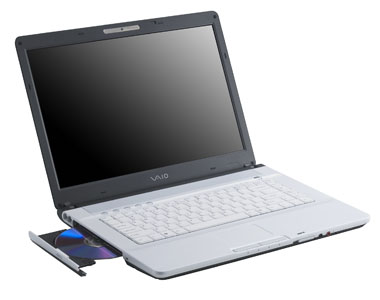Moving on to present day, by now you probably have heard the term “dual-core”. Just what exactly is this technology? To put it simply, it’s two processors sharing the same space of silicon. Up until recently we’ve only been mostly exposed to single-processor systems, and in some cases, two or more processors working in parallel. So, what exactly does dual-core bring to the table?
 First and foremost, having two independent processors will allow for two separate streams of instructions to run at the same time, effectively doubling performance assuming that the software is designed to make use of the setup, which isn’t quite the case yet. For example, while playing games, one processor could be handling the computer AI, while the other one is taking care of the physics. Dual-core also takes a lot less space than having two actual processors on the same board, and saves energy because of the decreased power consumption of its architecture. It has one big disadvantage, however. As mentioned earlier, the software has to be able to make use of both cores, otherwise the advantage in them is lost, so investing in the technology this early might be a waste of money, since the operating systems and programs still have some of catching up to do, and computing trends have shown that prices tend to drop down significantly as time goes on and the market becomes acclimated to the new products.
First and foremost, having two independent processors will allow for two separate streams of instructions to run at the same time, effectively doubling performance assuming that the software is designed to make use of the setup, which isn’t quite the case yet. For example, while playing games, one processor could be handling the computer AI, while the other one is taking care of the physics. Dual-core also takes a lot less space than having two actual processors on the same board, and saves energy because of the decreased power consumption of its architecture. It has one big disadvantage, however. As mentioned earlier, the software has to be able to make use of both cores, otherwise the advantage in them is lost, so investing in the technology this early might be a waste of money, since the operating systems and programs still have some of catching up to do, and computing trends have shown that prices tend to drop down significantly as time goes on and the market becomes acclimated to the new products.



0 comments:
Post a Comment